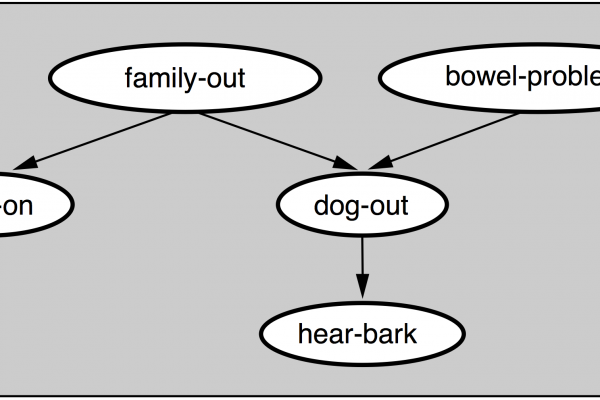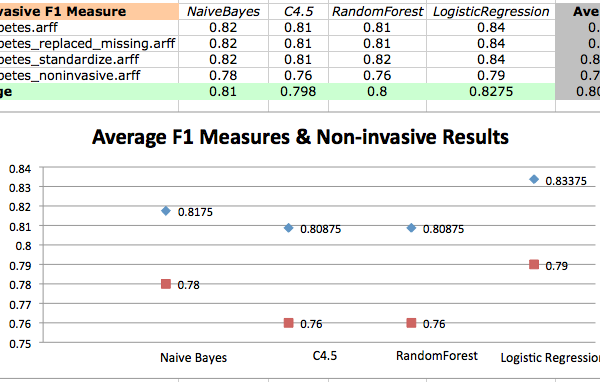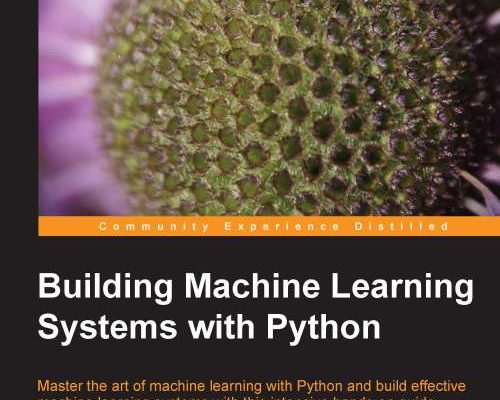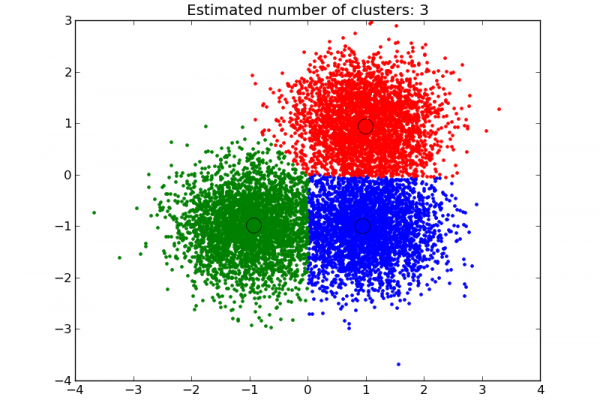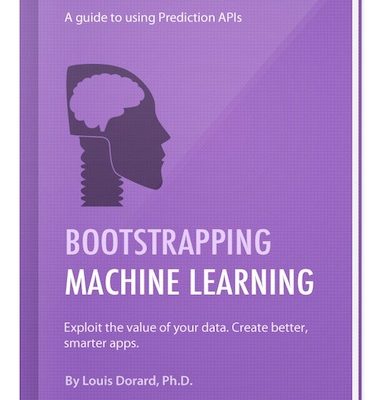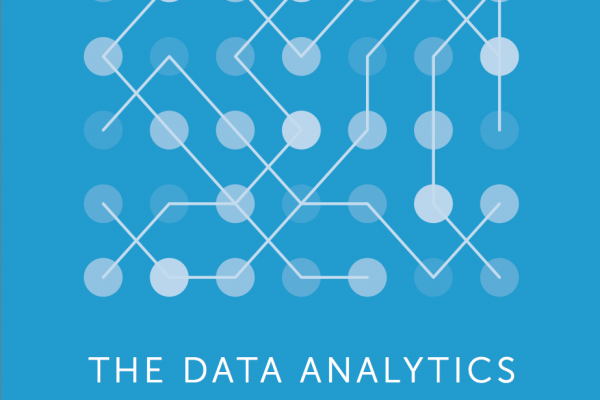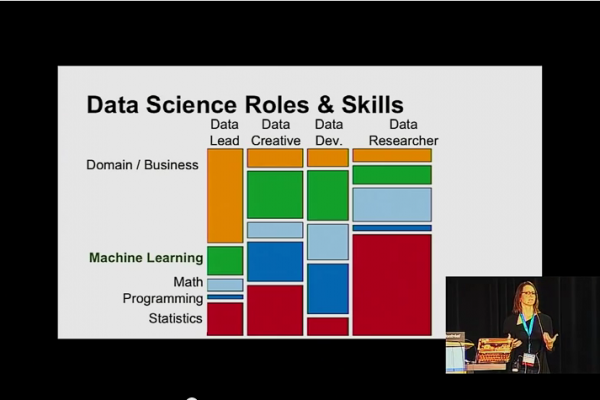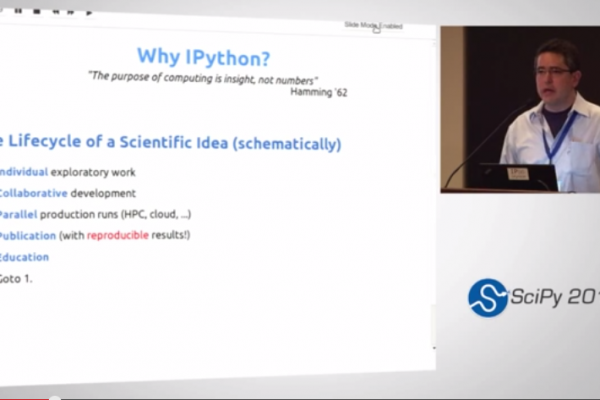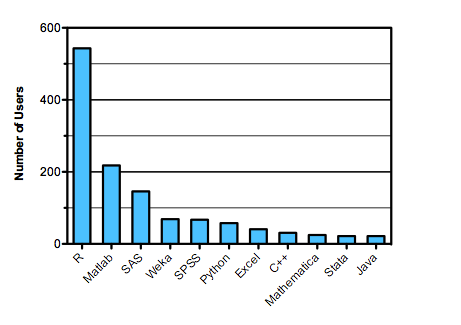Introduction to Bayesian Networks with Jhonatan de Souza Oliveira
Last Updated on August 16, 2020 This post is a spotlight interview with Jhonatan de Souza Oliveira on the topic of Bayesian Networks. Could you please introduce yourself? My name is Jhonatan Oliveira and I am an undergraduate student in Electrical Engineering at the Federal University of Vicosa, Brazil. I have been interested in Artificial Intelligence since the beginning of college, when had my first adventure investigating and building a simple chatbot for a Symposium website. I also am a member of an […]
Read more